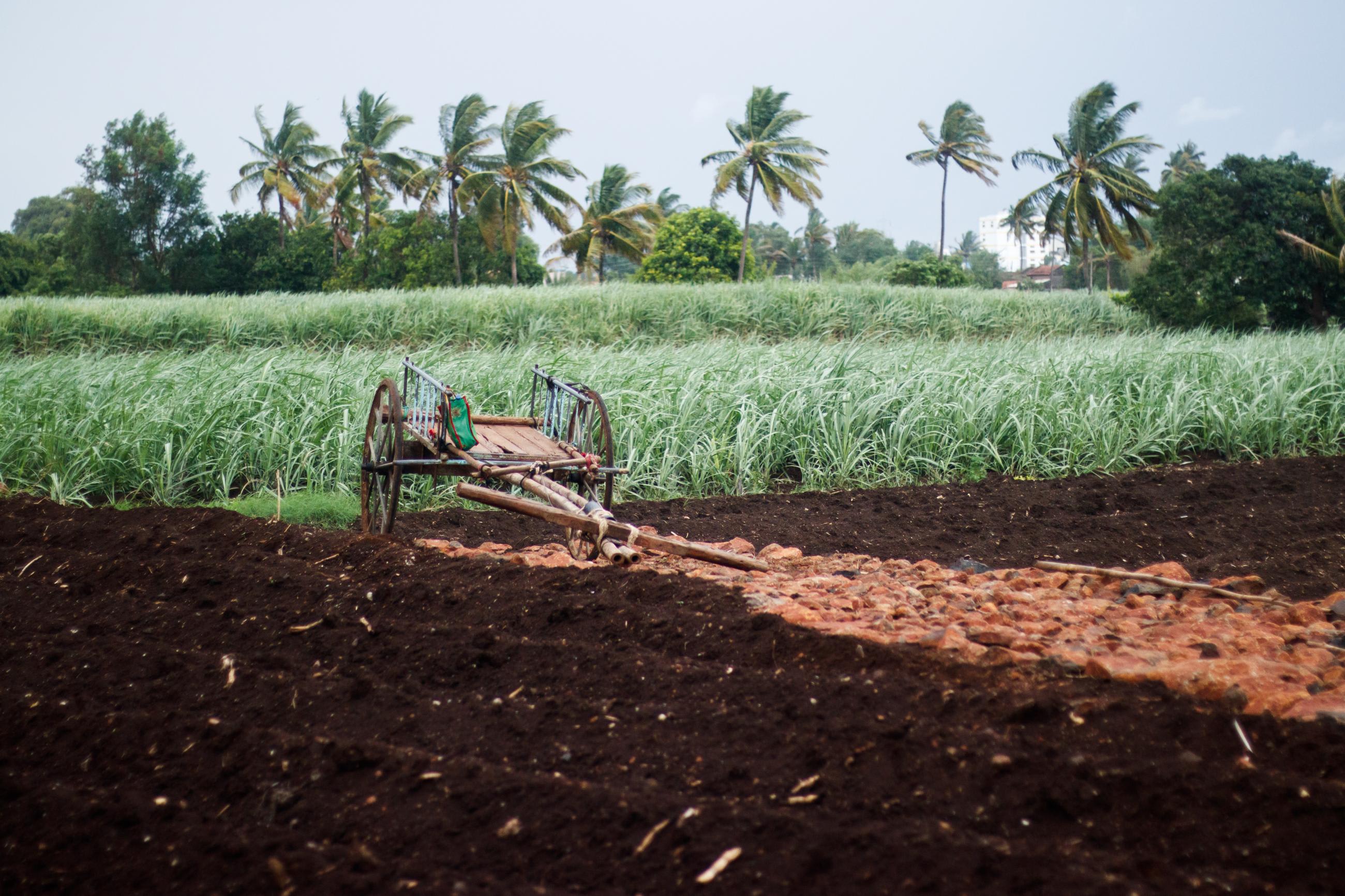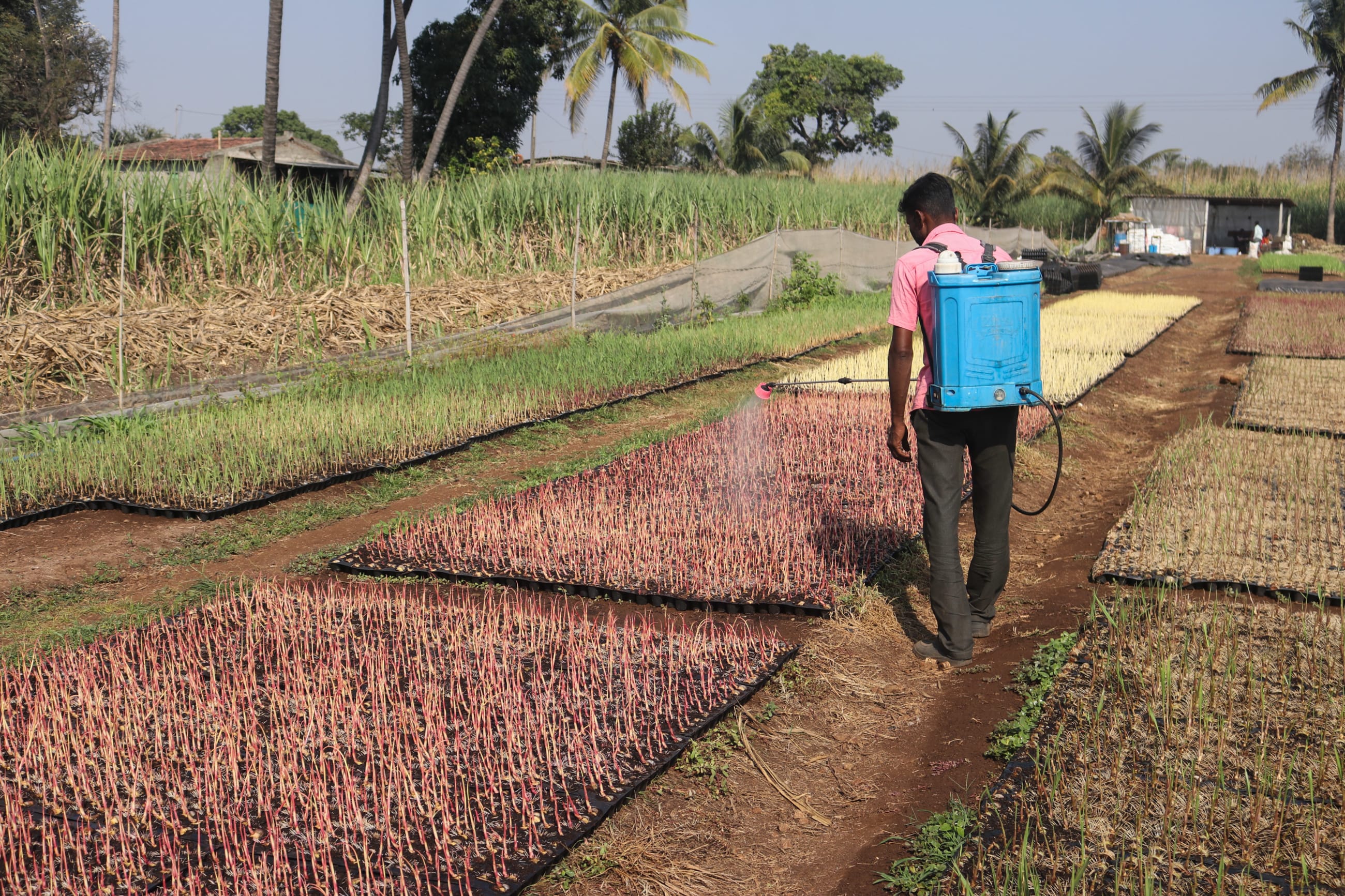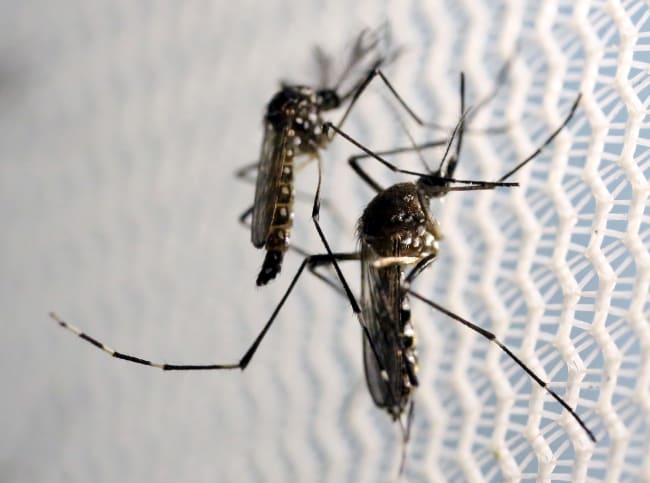Farmer Annasso More remembers the time when hundreds of agrochemical workers in his village, Jambhali, in Western India's Maharashtra state, competed to see who could spray the most pesticides without collapsing.
"It was a show of strength," he says laughingly.
A decade later, no one in the village wants to do this work. "Pesticides were always harmful, but with global warming, they have become unbearable," adds More, the 62-year-old agrochemical worker who owns an acre of farmland where he grows sugarcane and soybeans.
As the temperature rises, pesticide efficacy decreases due to increased volatilization, a process in which the pesticides turn into gas after application. This results in a higher risk of inhalation, reduced effectiveness, and contamination as the pesticides drift away from the intended area. To deal with this, farmworkers use more potent pesticides frequently, increasing their exposure and putting themselves at risk of poisoning.
More has sprayed pesticides, insecticides, weedicides, and herbicides for more than three decades across several thousands of acres of farmland, but the effects on his health became pronounced only recently. "The problem started four years back when I started experiencing breathlessness, and my eyes started swelling because of overexposure to these harmful pesticides," he recalls.
In April 2023, when the temperatures crossed 42 degrees Celsius in his village, he began sweating tremendously and felt dizzy. He ignored it and continued spraying but puked within an hour.
In a few months, he was diagnosed with peripheral neuropathy, a neurological disorder caused by overexposure to harmful toxins, making it difficult for him to walk. He eventually quit the job and now must hire laborers to work the farm.
"It's unaffordable, but I am left with no option," he explains.

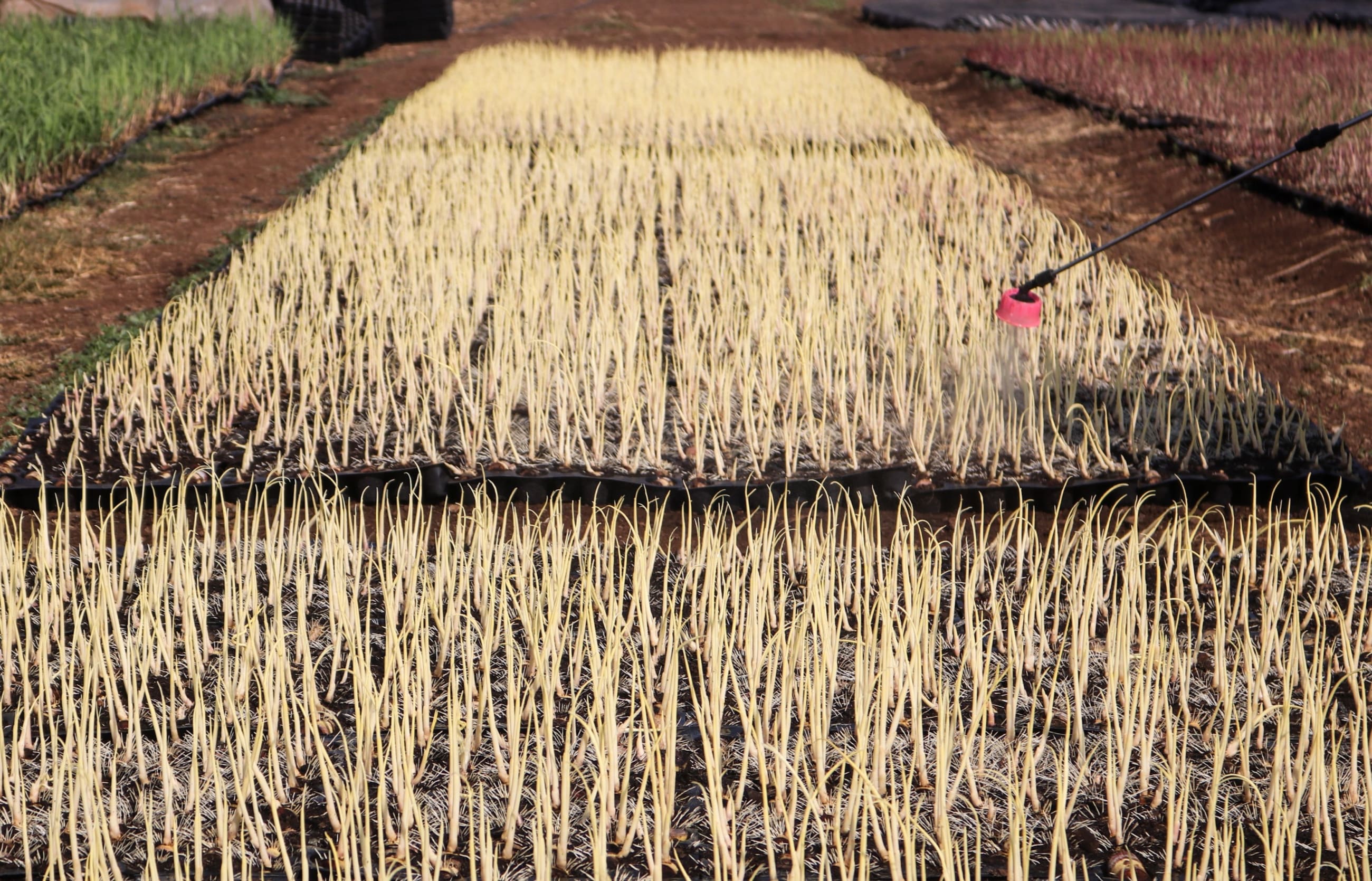


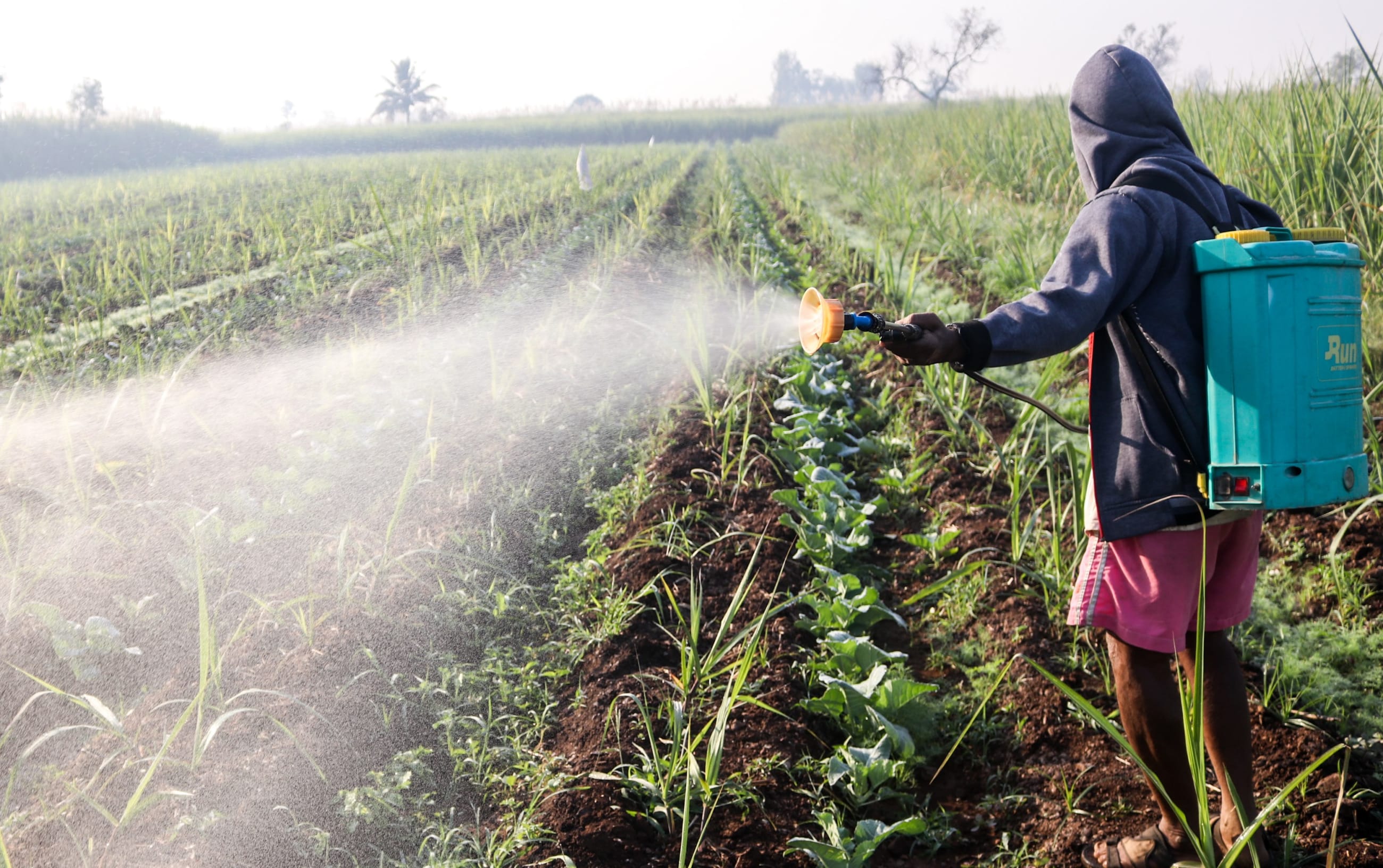


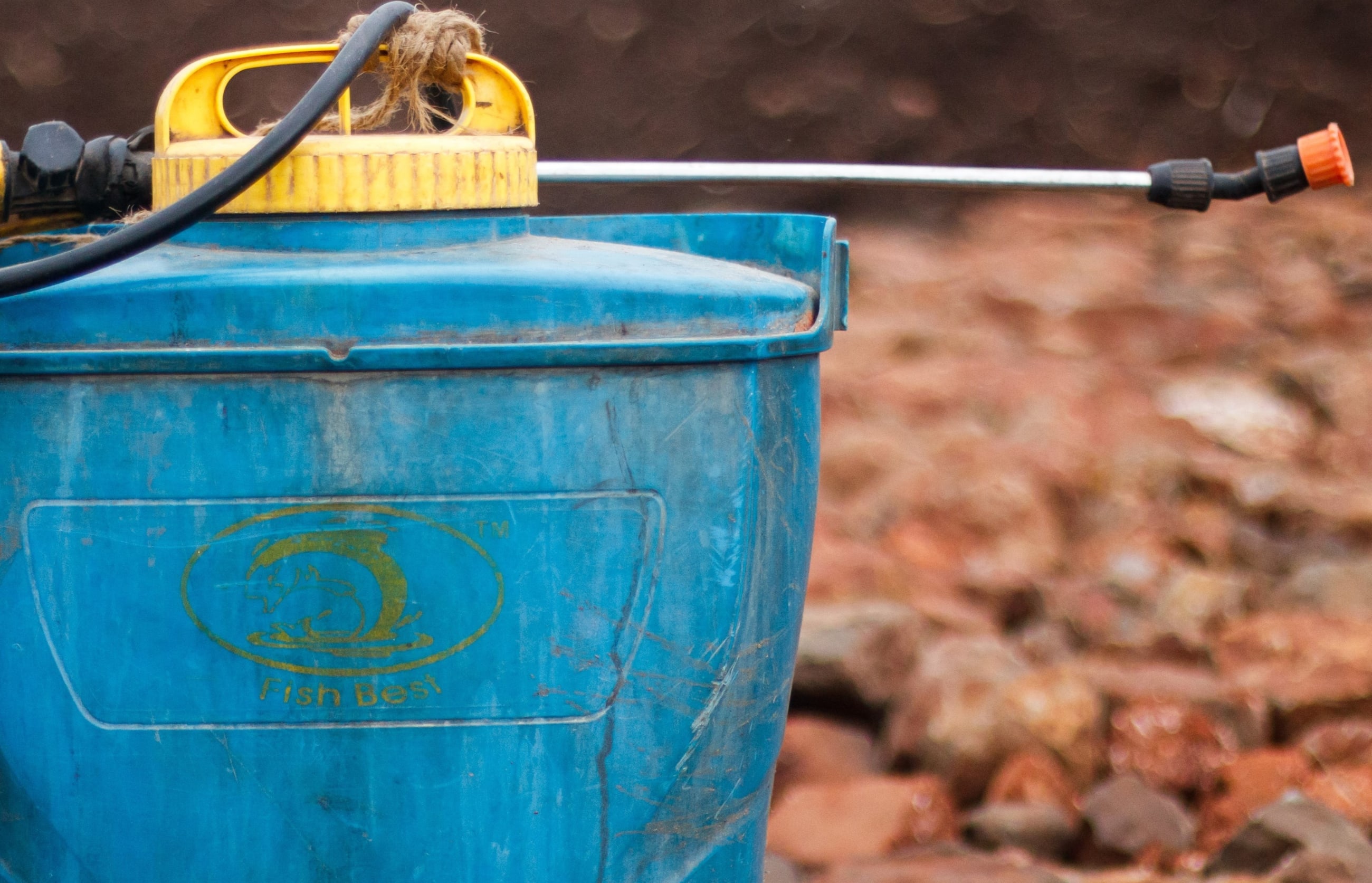
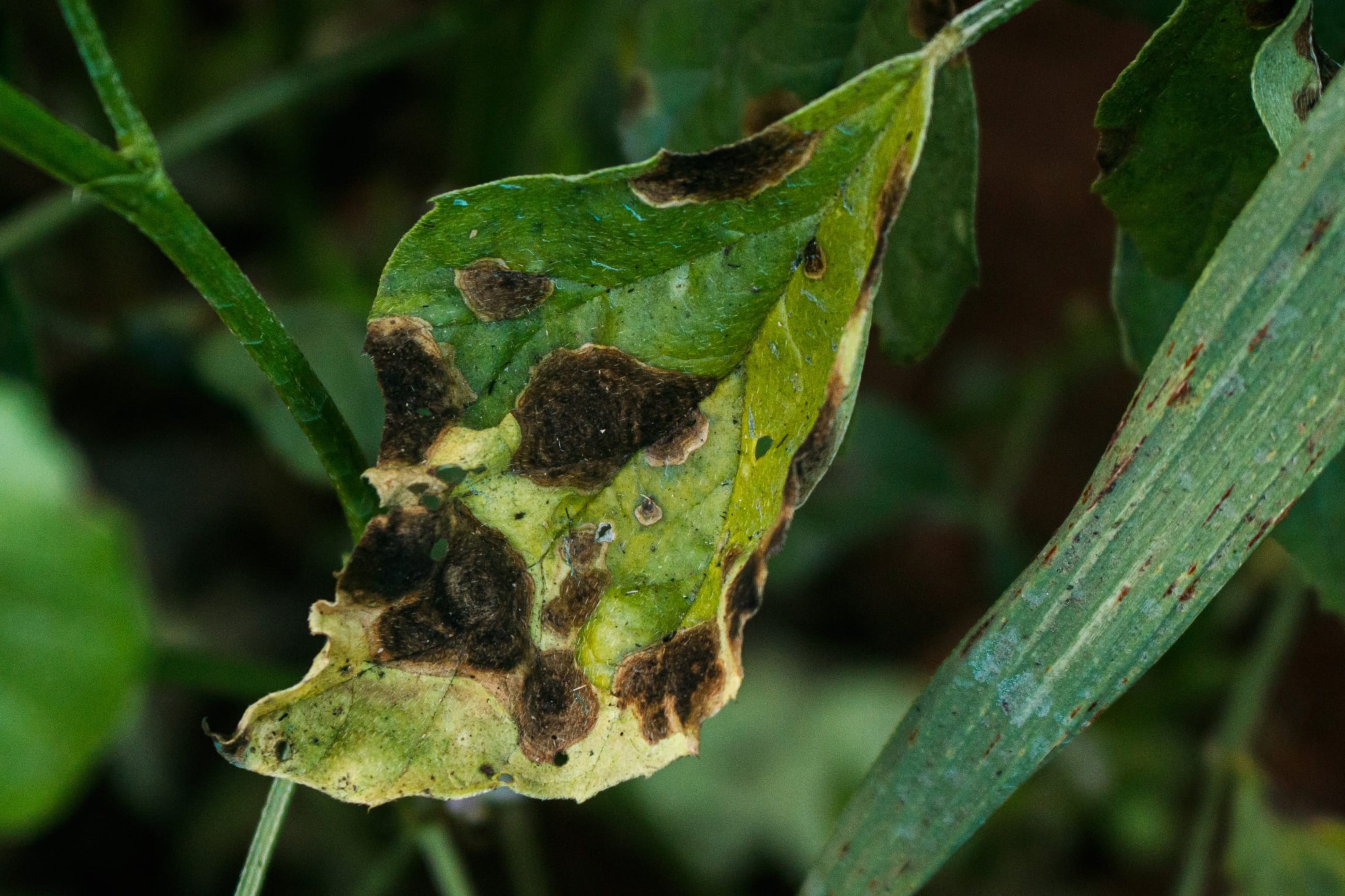

Over the years, the problem has become so severe that many agrochemical workers in several villages of Western Maharashtra frequently visit hospitals with common complaints of dizziness, shortness of breath, burning sensations, tingling, pain, and weakness.
"I was the first in my village to start using chemical pesticides in the early 1990s, and a lot of younger people now ask me how to deal with the harmful effects," he says. His son, Shyam, also sprayed pesticides but quit in less than five years because he reported severe burns on his skin as well as unbearable headaches. Eventually he abandoned farming and now repairs mobile phones.
The Mores aren't alone in this. The International Labour Organization (ILO) report Ensuring Safety and Health at Work in a Changing Climate, published this April, notes that 873 million agricultural workers globally are vulnerable to pesticides and other harmful agrochemicals.
Why Hotter Farms Use More Agrochemicals
A paper published in 2019 in the journal Pest Management Science mentions, "elevated temperatures and carbon dioxide enrichment can directly lead to reduced pesticide efficacy by altering pesticide metabolism and translocation, or indirectly increasing pesticide detoxification in host plants, thus reducing pesticide availability for the target pest."
Rising temperature and carbon dioxide affect photosynthesis as well, affecting the carbohydrate availability in plants and leading to changes in physiological and biochemical functions. Pesticides that help control weeds and plant-feeding pests are transported through the plant's vascular tissues, known as phloem and xylem. Changes in physiology affect how well these pesticides move through a plant, making the chemicals less effective and motivating the use of greater quantities.
"At higher temperatures, some organophosphates transform into the oxon form, which is much more toxic," explains Margaret Reeves, senior scientist at Pesticide Action Network, North America. This can have devastating consequences, especially when India is reporting extreme temperatures.
Roughly 44% of farmers are poisoned by pesticides yearly, the highest rates in South Asia
According to a 2020 paper published in BMC Public Health, 385 million cases of unintentional, acute pesticide poisoning occur globally yearly, resulting in 11,000 mortalities. Roughly 44% of farmers are poisoned by pesticides yearly, the highest rates in South Asia.
Manal Azzi, team lead on Occupational Safety and Health at ILO, says that agricultural workers are among the first to experience the consequences of climate change, often facing prolonged and intense exposure. These hazards include excessive heat, solar ultraviolet radiation, air pollution, extreme weather events, vector-borne diseases, and exposure to agrochemicals. "These risks often act simultaneously, exacerbating each other's effects."
Azzi explains that the average pesticide use per agricultural worker has doubled, from 0.16 kilogram per worker (kg/worker) in 2005 to 0.3 kg/worker in 2021. Global pesticide use reached a staggering 3.54 million metric tons in 2021, a 94% increment from 1990.
Pest Attacks Rise With Global Warming
Even today, More receives several calls from farmers requesting him to continue spraying pesticides in their fields. "With every passing year, the pests are rising because of climate change," he tells Think Global Health.
As the temperature rises, the pathogen's incubation period shortens, leading to rapid proliferation in less time. A paper published in Nature Reviews Microbiology warns that rising temperatures can lead to new strains of better-adapted virulent pathogens and increase the fungal soil-borne plant pathogens. Moreover, since 1960, pests have moved roughly 3 kilometers every year toward the north and south poles because of rising temperatures.
Pesticide Use Jumps in India
Though low relative to other countries, India's pesticide use quadrupled from 2008 to 2019
According to the Food and Agriculture Organization, insect attacks cause a global loss of $70 billion annually, and plant diseases lead to a loss of $220 billion. Moreover, every year, 20% to 40% of crops globally are lost to pests. Between 2015–2016 and 2021–2022, crops in 23 states of India were affected by pests. For the past five years, More has reported a rapid increase in different types of pest attacks in his sugarcane field, leading to wilting, yellowing of the leaves, and even plant death.
"Over the years, many pesticides have become less effective. Farmers here have almost doubled the use of chemical pesticides to be effective," he relates. Despite this, he says, the harvest has gone down. Earlier, he managed around 90 metric tons of sugarcane from his 1-acre field, which has now come down to 60 metric tons. Alongside economic losses caused by pest attacks and rising farm expenses, the chronic health effects of pesticides have had a severe impact on agrarian communities.
The harmful effects of pesticides can lead to different types of cancers, neurological and chronic respiratory diseases, neurological disorders, developmental delays, adverse impacts on fertility and reproduction, and behavioral problems. A September 2023 study from India published in Science of Total Environment found that the widespread use of pesticides and their overexposure increased the risk of developing Alzheimer's and Parkinson's disease.
Another Indian study found that the women farmers exposed to pesticides reported musculoskeletal disorders, asthma, skin color changes, and allergies relative to those who were not exposed. For doing this risky job of spraying pesticides for seven hours daily, the agrochemical workers in Western Maharashtra earn just about 800 Indian rupees ($9.58) per day.
Ecological Pest Management
Looking at the declining farm production, More suggests shifting toward the ecological methods of pest control. "We can't keep arguing anymore that organic farming yields less produce. If we keep using harmful pesticides, the environment and climate change will eventually destroy everything," he says.
If we keep using harmful pesticides, the environment and climate change will eventually destroy everything
Annasso More
A few of his neighbors have started using pheromone traps, which lure insects with a fragrance that mimics mating signs. This traps the insects on a sticky surface or inside a container, helping manage pests without harming the environment.
Alongside raising awareness about the severity of health risks and the available cost-effective protective measures, "The most effective way to prevent exposure to highly hazardous pesticides is through elimination or substitution with less toxic alternatives," suggests Azzi from ILO.
Reeves from the Pesticide Action Network says that the best pest management practice is pest prevention. "Farmers using agroecological practices generally achieve very low pest populations and often have no need for pest control intervention," she says. This helps build healthy soil and impart greater pest resistance and resilience in crops in response to pest damage if it does occur.
However, these sustainable solutions are used by only a small number of farmers. As the temperature keeps mounting, so does the worry of millions of marginal farmers like More.
"Every year, we see a new form of weed or pest attack," he says. This has compelled him to return to the advice of his father, the late Nivrutti More, of preserving the indigenous seed varieties of climate and pest-resilient wheat, millets, and other grains.
"It's time to find those seeds now," More says, regretting the rich variety of seeds he traded off for commercial crops such as sugarcane and soybean.
